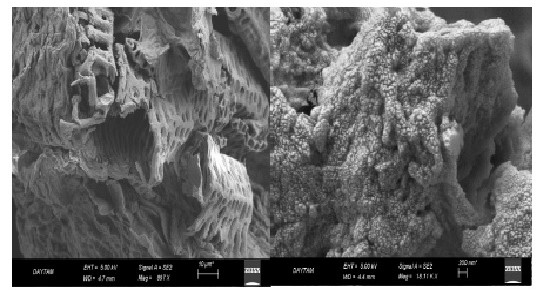
In this study, activated sugar beet pulp as a biosorbent was used to remove Red-254 dye from aqueous solutions. The contact time, pH, biosorbent dosage and temperature were chosen as the parameters affecting the biosorption process. In the experiments, the batch adsorption technique was used. The isotherm, kinetic and thermodynamic parameters were calculated by using the data obtained from the experiments. The pseudo-second-order kinetic model and Langmuir isotherm model with R2 > 0.998 in all cases were individually fitted to experimental data. The maximum monolayer biosorption capacity was found to be 84.75 mg.g-1. Additionally, from the positive values of ∆Ho and the negative values of ∆Go, it can be expressed that biosorption processes were carried out with endothermic, physical adsorption, spontaneous and thermodynamically favorable. As a result, the sugar beet pulp, which can be found as waste from the sugar factories, can be used as biosorbent for the removal of Red 254 dye from aqueous solutions.
Total file downloads: 3